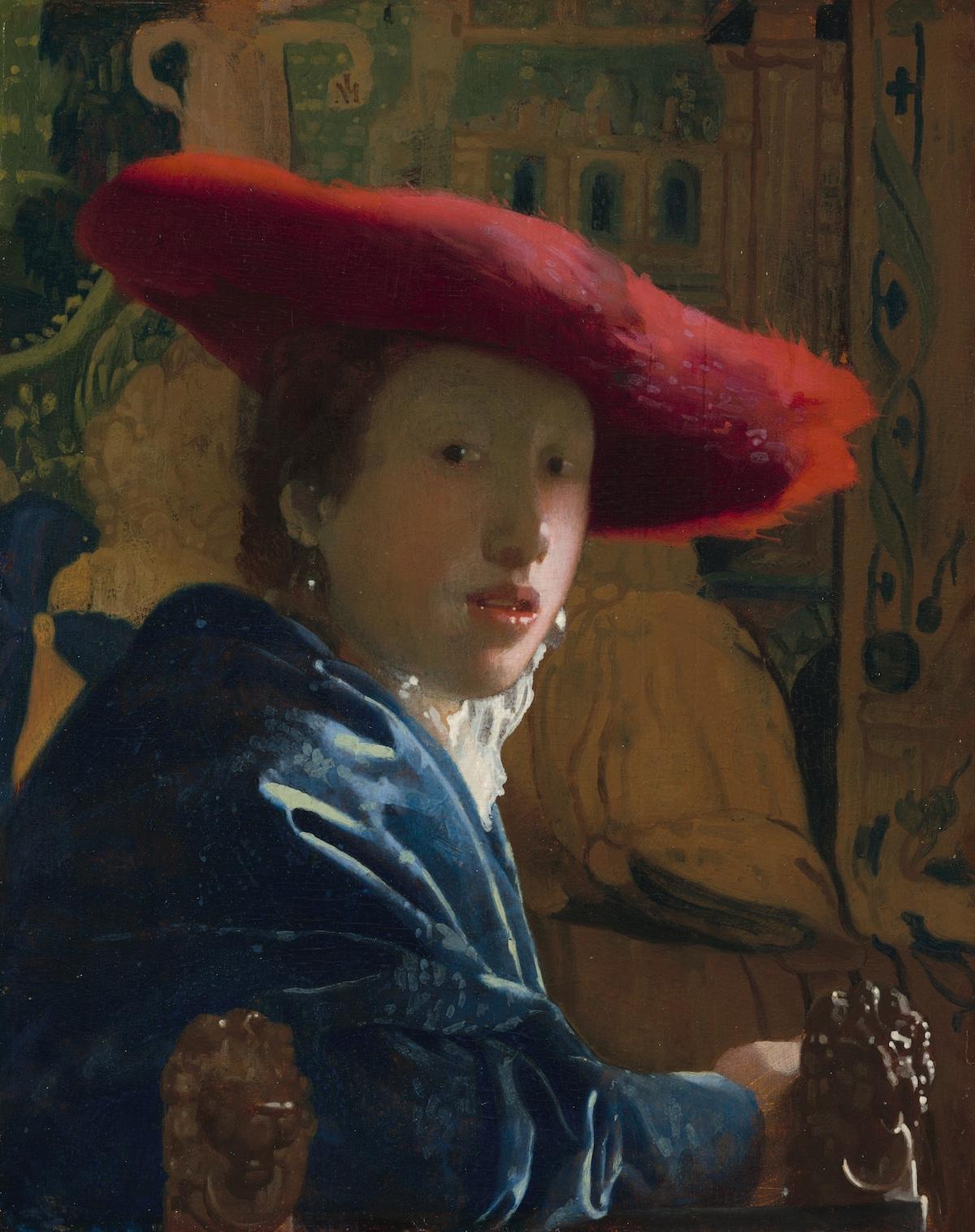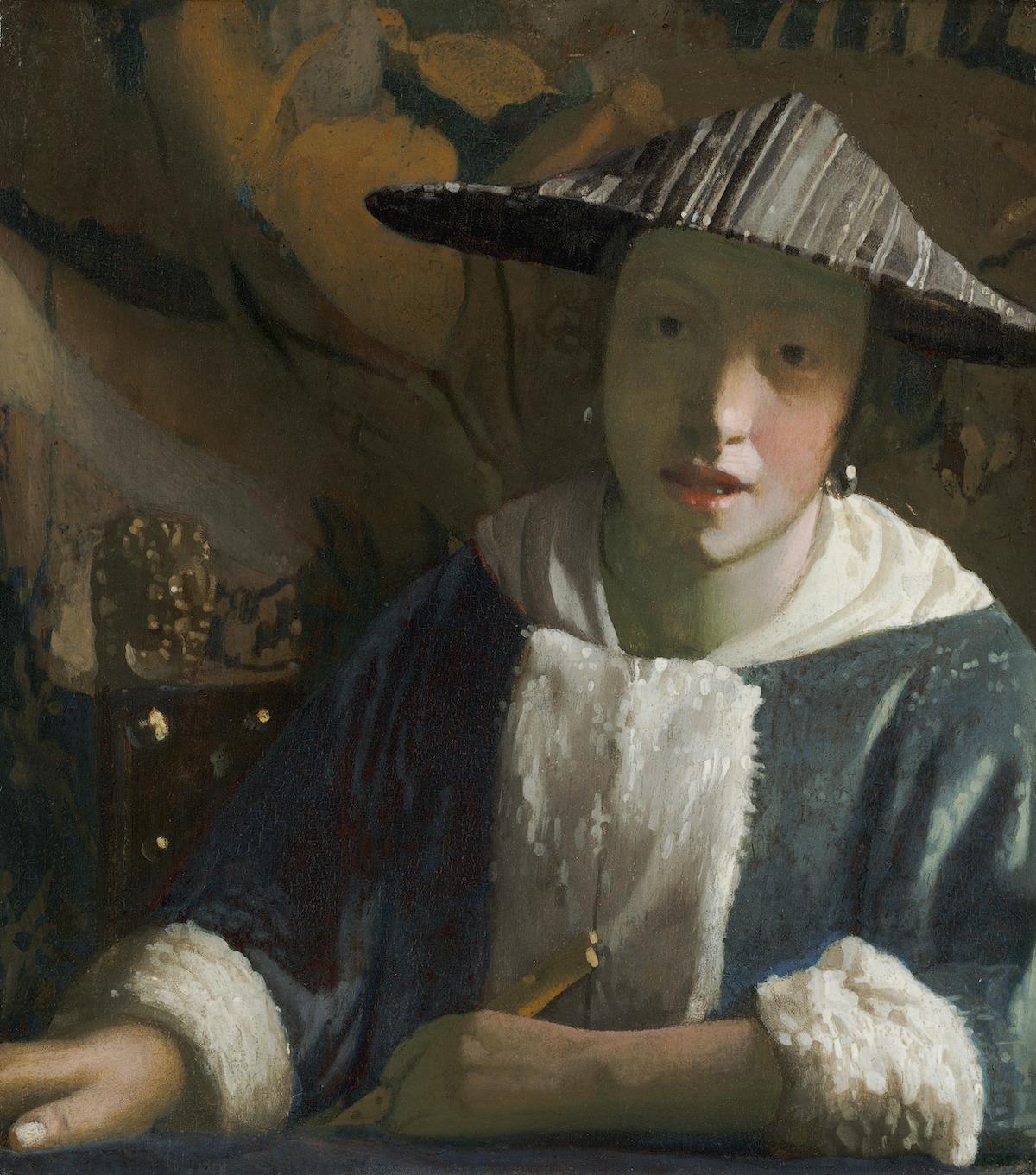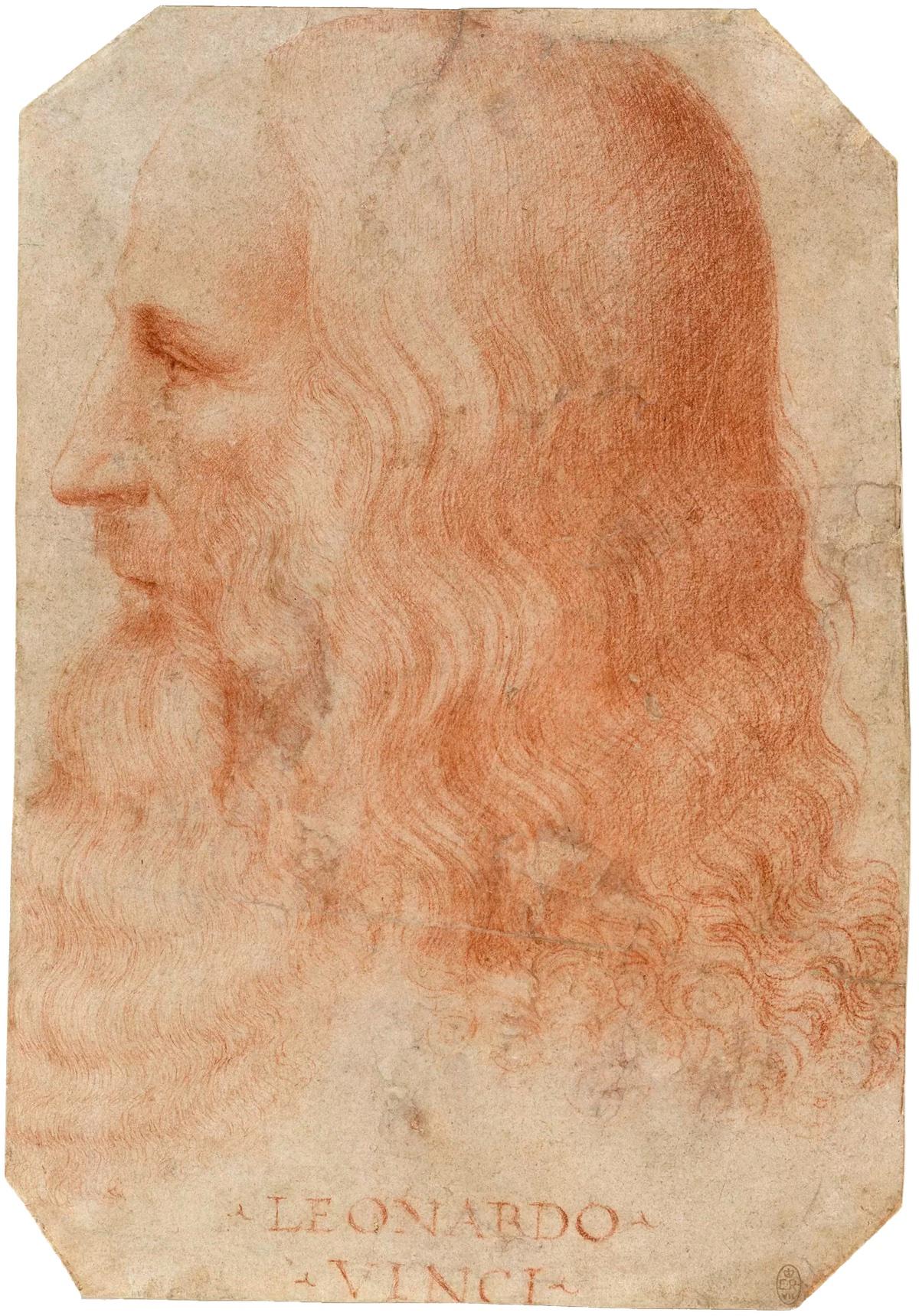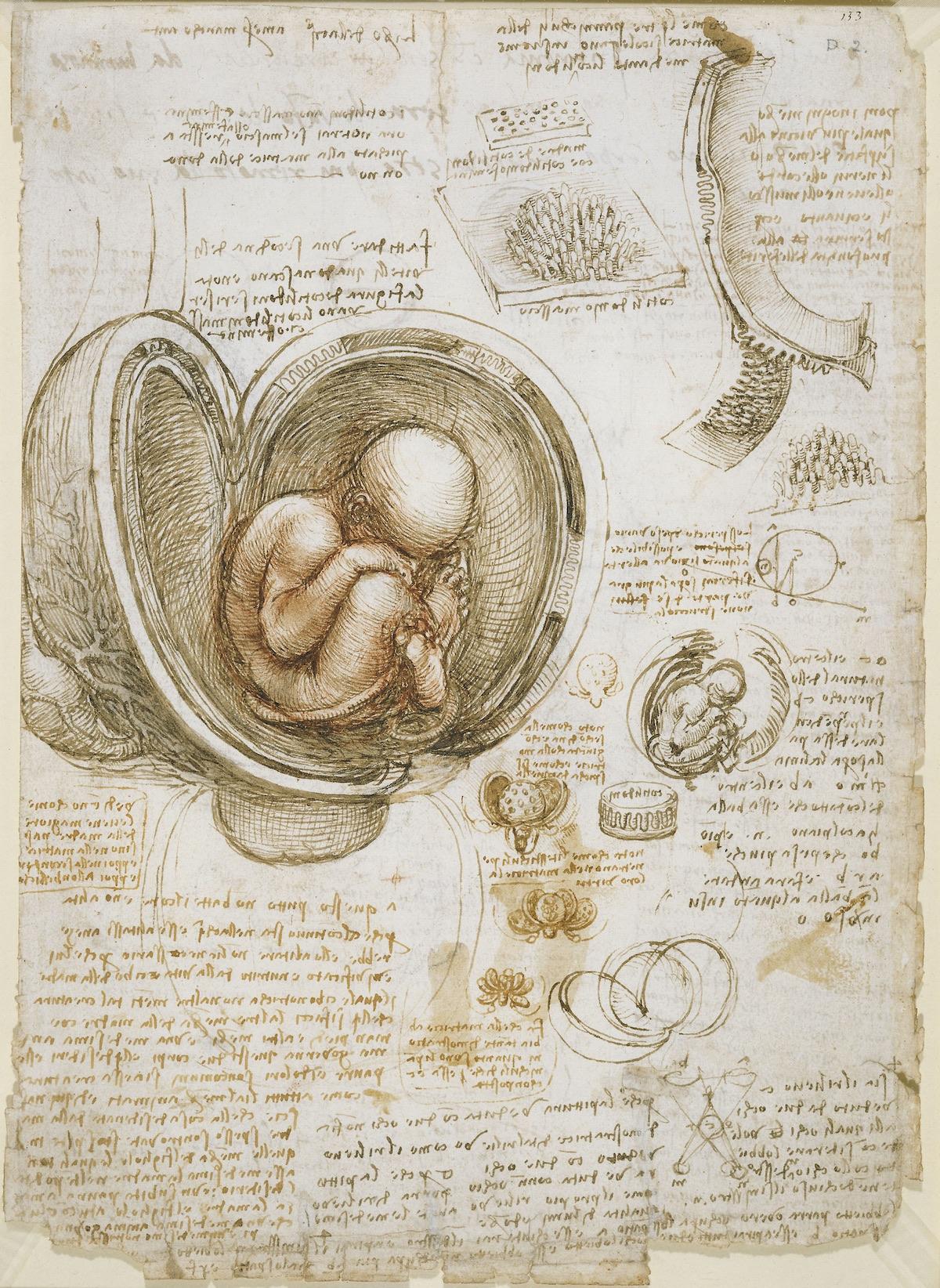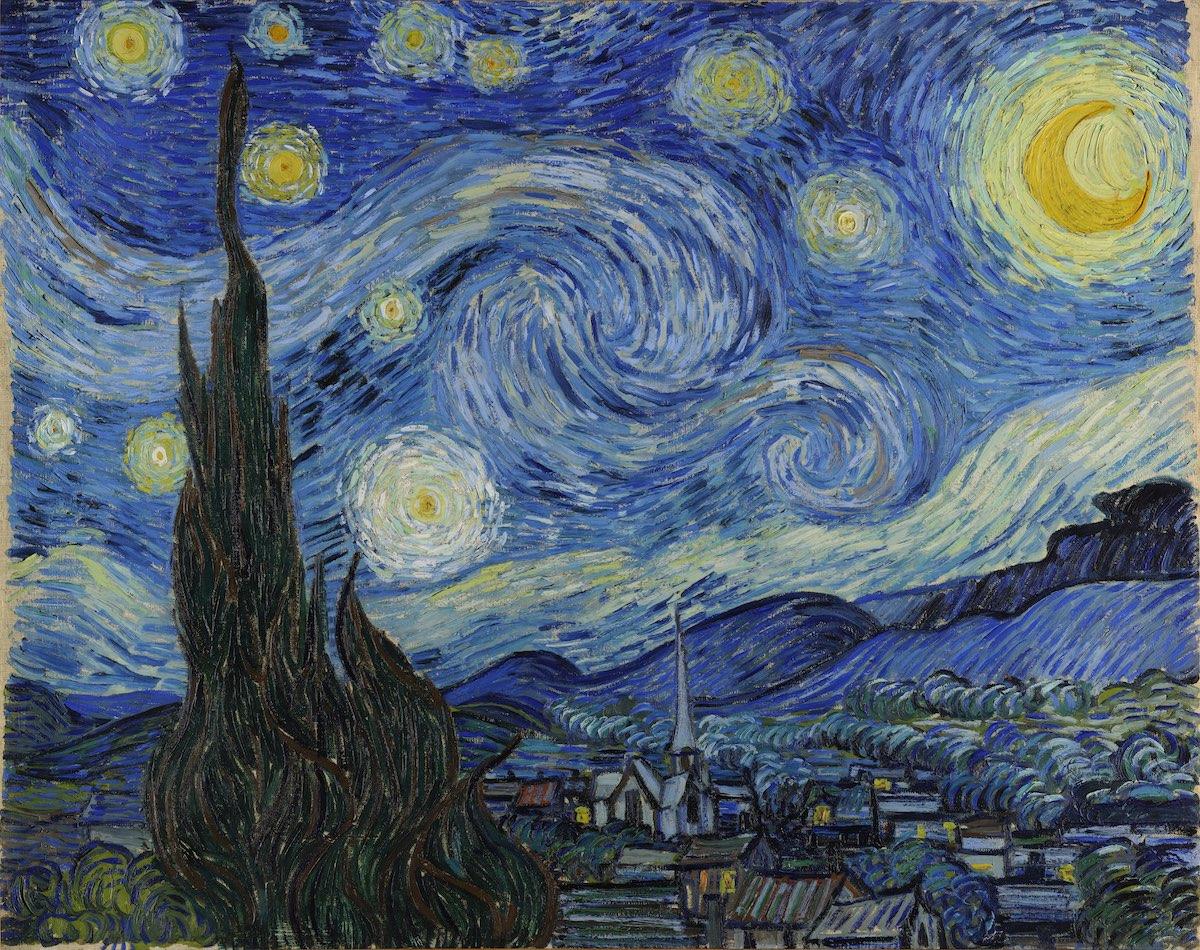About fifteen years ago, Cooper Union art history professor Benjamin Binstock developed a theory that Vermeer’s daughter, Maria Vermeer, was trained behind closed doors as an apprentice to her father, and is the real artist behind one-fifth of the works attributed to Vermeer. When Vermeer passed away, two paintings were traded by Vermeer’s family against a huge debt. The idea is that these paintings were sold, and potentially produced as forgeries to alleviate the financial burden on the family after Vermeer’s passing. Binstock speculated that Maria was an apprentice to her father, and they would not have had to register his daughter as an official studio member. He proposed that Maria painted works including Mistress and Maid in the Frick Collection and Woman with a Lute. Two additional paintings, Girl with a Flute and Girl with a Red Hat have been associated with Maria as well, as perhaps being produced as self-portraits.
Binstock published a book in 2008, Vermeer’s Family Secrets, that unfolded the details surrounding this new theory. It wasn’t touched by book critics and was mostly ignored by top scholars of the artist, until in 2013, when NYU hosted a symposium on the subject and reinvigorated public interest on the theory.
Things proceeded to get stranger in recent years. Back in October, scientists and historians at the National Gallery of Art in D.C. announced that Girl with a Flute (c. 1669/1675) was definitely not painted by Vermeer, reigniting Binstock’s theory. Because of the global pandemic, the museum’s closed doors allowed researchers to take Vermeer’s works off the wall and analyze them. This research found that several of Vermeer’s techniques that help signify a real from a fake—such as green underpaint, highlight on the lip, etc—proved this work to be not from Vermeer’s hand but perhaps from a followers. This discovery has inspired a new exhibition at the National Gallery, opening this October: “Vermeer’s Secrets.”




